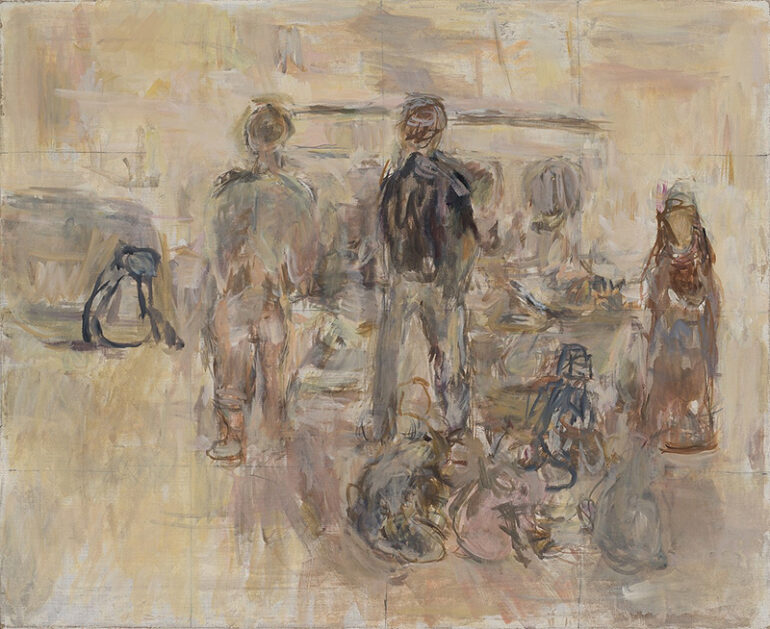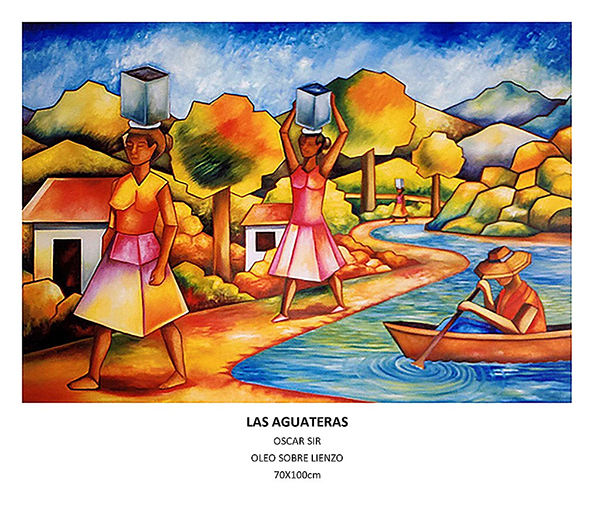On these themes, contemporary artists were reinventing the classical theme with a new modern sensibility and on a whole new and transforming journey. Creators give new vitality to some age-old narratives, harmoniously combining traditional craftsmanship with pioneering techniques in order to link the past and present. They, therefore, present a compelling tapestry of artistic expression—a show that wed classic aesthetics with a new twist, which forms to bring to contemporary audiences the ever-valid relevance of the classic masterpieces to the present of today’s art world.
Reimagining Ancient Themes
Today’s artists look toward the splendor of the past art to visualize classic themes with a modern vision. They are bringing an imaginative new vision to old stories with new techniques and paying great attention to detail, all of them timeless stories but presented from a very refreshing view that this generation can identify with. The mixing of traditional aesthetics with contemporary sensibilities really makes for a very appealing tapestry of creative expression—really what would be considered the high point of something between old and new.
Contemporary Techniques in Classical Art
Contemporary means the techniques and help provided by classical art in order to take part in the initiative for major innovation and forward movement. The artists of contemporary times very easily used to infuse conventional work with contemporary tools or technologies to surpass the limit of what has been permissible within the purview of classical aesthetics. From digital enhancements to experimental mediums, this small group of makers is really turning the landscape of classic art on its head, giving it fresh life that is captivating to both viewers and critics. This harmonious blend of past and present breathes a renewed spirit into classical masterpieces, successfully ensuring longevity and relevance in a changing art world.
The Influence of Classical Art on Modern Design
The artistic heritage left to modernity by the classics resonates and influences—though “resonates” more than “influences”—affects the aesthetics and creative spirit of modern makers. Classic art has been a great source of inspiration for designers who want to add some history and classicism to the work on their body. Its echoes may be found from architecture to fashion; the graceful proportions, harmonious compositions, and intricate patterns that define modern design establish a bridge between the past and present.
Exploring the Intersection of Tradition and Innovation
Tradition and innovation are combined in an eclectic mix of art discovery as creators plunge into the deep pool of classical art to seek new possibilities. It is the traditional methods that mixed with the modern and contemporary technologies help to position the artist on that thin line between the times of old and new. This lively interchange between tradition and modernity brings the classical themes to bear, reflecting not only their timeless perspective but also to serve as a redefined landscape of art which respects heritage and celebrates progressive change.
This combination of classical themes with modern techniques in the realm of arts has given rise to a new regime of creativity and innovation. They merge the old with the new age: artists give new life to age-old tales, recreating the same timeless folklore with a new spirit to entwine a beguiling pattern of artistic expression through time. Harmonizing the traditional with the contemporary is not just recreating classics but also infusing life into the whole new reconceptualized artistic firmament that boasts heritage yet strides ahead in tandem.
Photo Attribution:
1st & featured image by https://commons.wikimedia.org/wiki/Category:Paintings#/media/File:1995-2009_La_Priere_du_Vendredi.jpg
2nd image by https://commons.wikimedia.org/wiki/Category:Modern_paintings#/media/File:AGUATERAS.jpg

